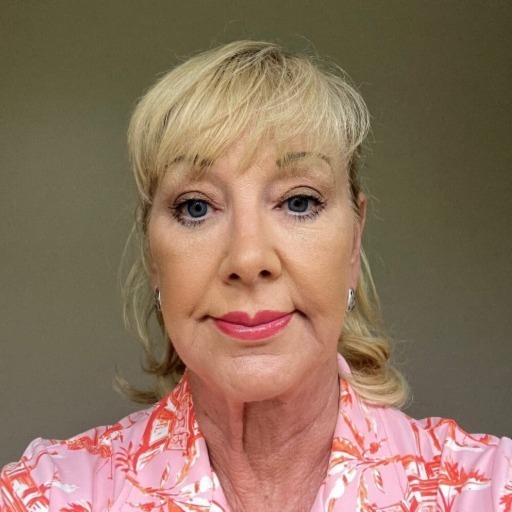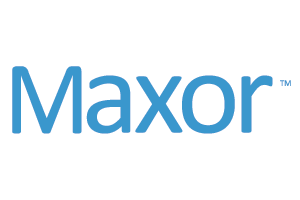SPONSORED CONTENT
Part 1 of 2: Managing costs and ensuring favorable contracting
As industry veterans know too well, having an in-house pharmacy can be greatly beneficial for both community health centers (CHCs) and their patients. Not only do they offer patient convenience and a greater level of transparency into medication adherence or prescription abandonment, but they also allow for improved engagement and educational opportunities, the potential for revenue growth, and enhancements to clinical programs that can translate directly into better health outcomes.
However, in-house pharmacies face a growing set of challenges, from managing purchasing and inventory to rising drug costs, drug shortages, unpredictable patient demand, payer contracting, staffing shortages, and regulatory complexities. And, as at least half of the average CHC patient populations is covered by Medicaid,[1] the program’s unwinding of its continuous enrollment provision will mean an additional factor to consider when developing a strategy for pharmacy viability.
So, in the face of all these obstacles, how can you improve the financial outlook of your in-house pharmacy, optimize patient engagement, and improve clinical outcomes for your patients?
After an engaging few days at this year’s Grantees Conference, I returned home with a head full of thoughts on these challenges. Read on for some takeaways from the event, and how health centers can set themselves up for success in 2024, and beyond. This is part one of a two-part series.
Challenge 1: Managing inventory and drug costs
Quite simply, drugs cost more than they used to. Over the one year period from January 2022 to January 2023, more than 4,200 pharmaceuticals saw price increases—46% of which exceeded the rate of inflation.[2] The annual price increases in wholesale acquisition costs (WAC) and 340B prices for specialty drugs are higher than the overall prescription price inflation rate. The cost of a prescription increased, on average, by 15.2%, or about $590 per product.[3] On the extreme end, in 2022, some drugs even saw increases of more than $20,000 or 500%.[4]
The recent popularity of prescribing certain drugs that treat type 2 diabetes for weight loss purposes are contributing to their scarcity—posing another challenge for in-house pharmacies. Novo Nordisk, the drug’s maker, has indicated that demand had forced it to restrict the supply of smaller, initial doses in the U.S., and is warning those taking Saxenda, another weight-loss drug, to expect difficulty filling their prescriptions “for the remainder of 2023 and beyond.”[5]
Not only do high drug costs contribute to challenges with supply chain management, but patients may also forgo filling or refilling their prescriptions due to higher costs or inconsistent supplies. It also can mean slimmer revenue margins for CHCs. By partnering with a pharmacy program partner like Maxor, CHCs can adopt a variety of strategies to help enhance or improve patient care, mitigate rising costs, and maximize revenue.
Here are a few ways Maxor’s managed pharmacy solutions can help your organization:
- Formulary management: Review 340B pricing on a regular basis on top therapeutic categories to assist in creating a cost-effective formulary.
- Inventory management support and recommendations: Do not have more inventory in stock than what you need. Review what drugs account for 80% of your dispensations.
- Streamline the supply chain: Create efficiencies in supplier interactions that allow your center to negotiate more favorable pricing, optimize purchasing decisions, and help maintain a seamless supply chain.
- Assess biosimilars or therapeutic equivalents (interchange)
- Sliding scale/copay/prescription assistance programs: Support patients in obtaining access to financial programs that assist in patients in offsetting the high cost of prescription drugs.
- Pharmacist consultation for drug optimization: Engage pharmacists in collaborative conversations regarding the appropriate choice of drug and dosing, medication management, and clinical programs.
Challenge 2: Ensure favorable contracting
To ensure long-term success, an in-house pharmacy must be in-network with your populations’ health insurance plans. As you work to develop a pharmacy strategy, there are three key questions to consider:
- Are your payer and vendor agreements competitive with industry standards?
- Do you have the accreditation necessary to maximize payor contracts and use of limited distribution specialty medications?
- Are you missing opportunities to serve patients because you are not in a network?
Overcoming Challenges to Better Serve Your Populations
The services your health center provides are invaluable points of equitable access for cost-effective services that millions depend on nationwide. In order to support the long-term financial health of your pharmacy, partnering with an experienced pharmacy manager such as Maxor will help you achieve higher revenues, attract and retain the best talent, improve patient access to care, and improve health outcomes for your patients.
Read Part 2 of the series, in which Holly discusses overcoming staffing shortages, preparing for varying levels of patient demand, and navigating changing regulatory requirements.
[1] https://www.kff.org/other/state-indicator/chc-patients-by-payer-source/
[2] https://aspe.hhs.gov/reports/prescription-drug-price-increases
[3] https://aspe.hhs.gov/reports/changes-list-prices-prescription-drugs#
[4] Ibid.

Holly Russo is Senior 340B Director for Maxor. She can be reached at herusso@maxor.com.




